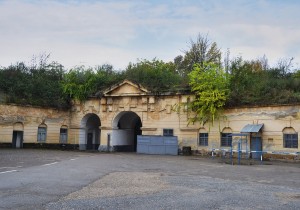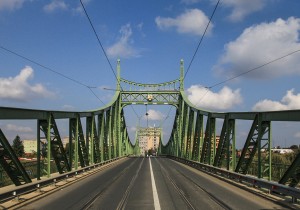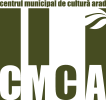The monument symbolically marks the place where the 13 officers of the Hungarian army were killed during the war of 1848, seen as the war of liberation from the Habsburg Empire. It was completed on October 6, 1881 and the opening speech was held by the young lawyer Bela Barabaş.
History
In honor of the 13 martyr Generals of the Hungarian Revolution of 1848, with the contribution of the citizens of Arad, the monument was built in 1881. In 1974, during the commemoration of the 125th anniversary of the tragic events, under this monument the earthly remains of the 11 generals were buried. After the revolution of 1989, each year commemorative wreaths are placed here.
Architecture
The monument of the 13 generals lies in the southern part of the city, in the south of the fortress built on the banks of the Mureș river, in the area of Subcetate district. The simple Obelisk, carved in simple gray granite, is placed on an artificial mound paved with stone, resting on a concrete pedestal. The square base of the monument on which stands the obelisk itself is enclosed by a narrow cornice.
Access to the monument is assured through a ladder, which was set up on one side of the mound. On the opposite side of the scale the following inscription is engraved: “AZ ARADI TIZENHÁROM/ VÁRTANÚ/ KIVÉGEZTETÉSI HELYÉNEK MEGÖRÖKÍTÉSÉRE / EMELTETETT / 1881 / OKTÓBER 6.-ÁN.” (Risen on the day of 6 October, 1881, where the 13 generals were executed).
Above it, on the outer side of the obelisk there is another inscription: “1849 október 6.” On the other three sides of the top, the names of the 13 are listed.
Interesting facts
13 officers were killed as traitors by the Austrians (they were declared as follows: 3 Hungarians, 3 Germans, 2 Austrians, 2 Armenians, 1 Serbian, 1 Croatian, 1 Slavonic); they had been generals in the army of Iosif Behm: Aulich Lajos (1793–1849), Damjanich János (1804–1849) , Dessewffy Arisztid (1802–1849), Kiss Ernő (1799–1849), Knezić Károly (1808–1849), Láhner György (1795–1849), Lázár Vilmos (1815–1849), Leiningen-Westerburg Károly (1819–1849), Nagysándor József (1804–1849), Poeltenberg Ernő (1813–1849), Schweidel József (1796–1849), Török Ignác (1795–1849), Vécsey Károly (1807-1849).
Similar tourist attractions
The Water Tower, in the past, was supplying water for the city and also was signalising fires. Today, it is declared a mini-museum of water, which hosts themed exhibitions.
The ensemble of Arad Fortress includes three architectural landmarks: the Fortress of Arad, the defensive ditch and the Franciscan Church.
Arad's Trajan Bridge crosses the river Mureş, connecting the traffic axes for both cars and trams, between the city centre and Aradul Nou.





